From reading fairytales to superhero stories, we all grew up with many wonderful children’s books that became an unforgettable part of our childhoods.
Children’s Books play an important role in shaping a child’s ideas about the world and the role they want to have in it. These stories foster their imaginations and help them expand their horizons beyond the ordinary.
Maybe that’s why crafting stories for early readers and young children feels like such a rewarding and fulfilling experience. If you, too, have an idea for an amazing story that could impact young minds, then writing children’s books might be a great start.
In this blog, we’ll tell you everything you need to know to write a good children’s book. From different types to best tips and common mistakes, we’ll share it all.
So, if you’re ready to start writing your own children’s book, let’s get started!
What is a Children’s Book?
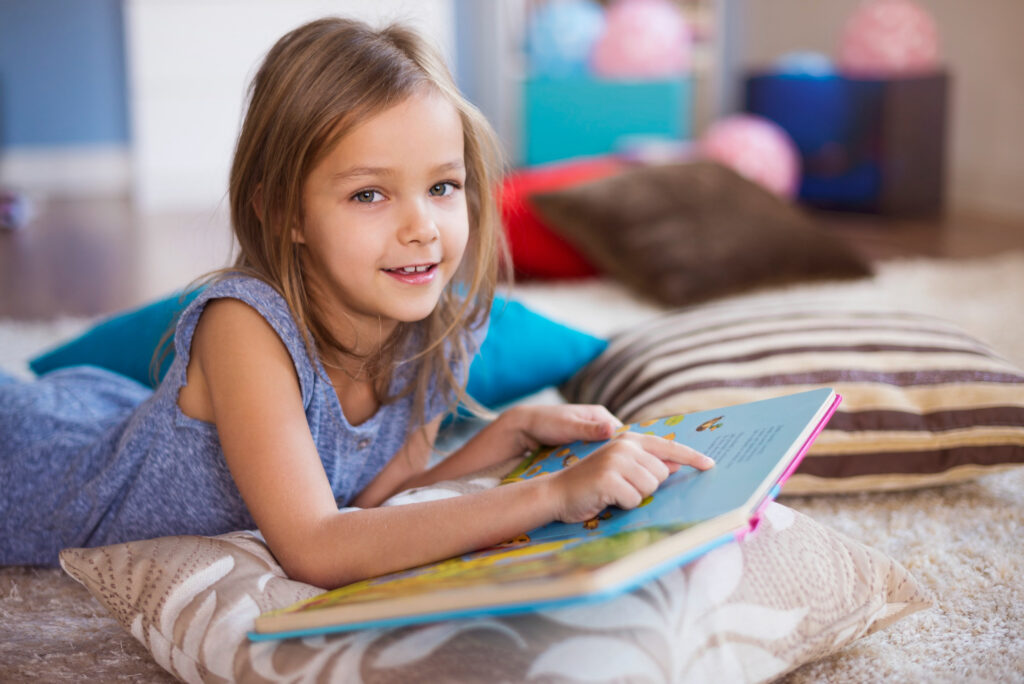
A children’s book is a book that’s written for kids. It can be about anything, from animals and adventures to friendship and family. Children’s books are often shorter and simpler than books for adults and often have many pictures.
Why do we read children’s books? Well, for one thing, they’re fun! Kids love to hear stories, and children’s books are a great way to spark their imaginations.
Children’s books can also teach kids important lessons about life, like how to be kind, how to share, and how to deal with challenges.
What are the Different Types of Kids Books You Can Write?
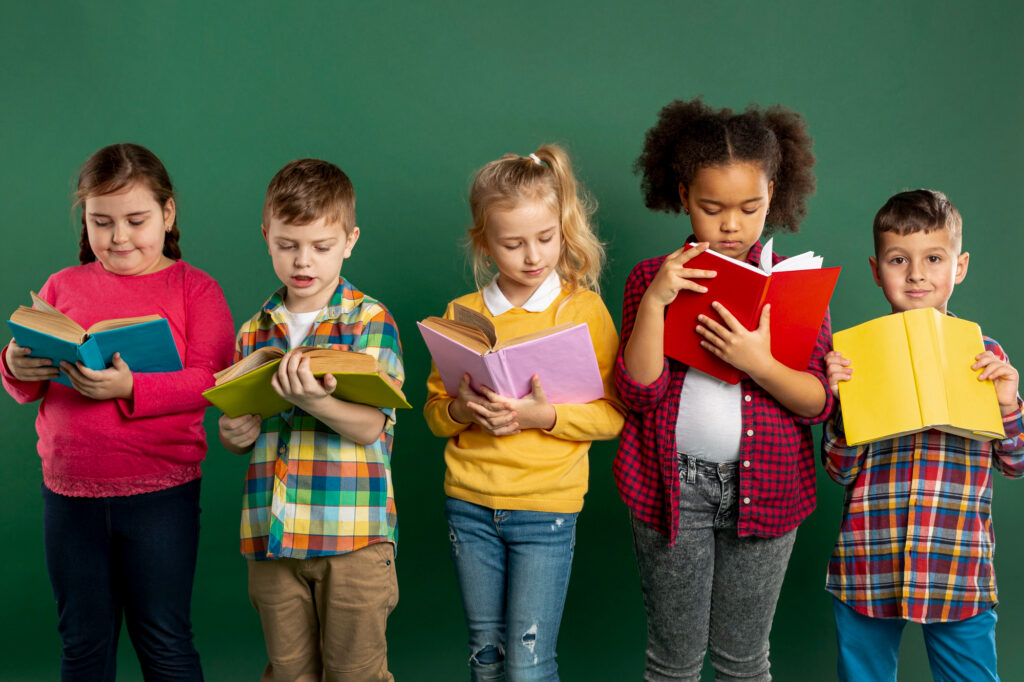
Children’s books fall into multiple categories; here’s a brief description of each of them.
What are Board Books?
For Children of Age Group 0-3
Board books are the first books that babies and toddlers are introduced to. They are made of thick cardboard pages that can withstand being chewed, drooled on, and thrown around.
Board books often feature bright colors, simple illustrations or pictures, and basic concepts like numbers, colors, and animals. The word count of these books is 0 – 200, and they’re perfect for introducing infants and toddlers to the joy of books!
What are Early Reader Books?
For Children of Age Group 2-5
Early reader books are made for children who are just starting to learn to read on their own. They have simple text with few words per page and often use repetition to help children learn new vocabulary and concepts.
Early reader books also often have many illustrations, which can help children follow along with the story. The word count of early readers’ books ranges from 200 to 500. They may also include activities like word searches and puzzles to help children learn and practice their reading skills.
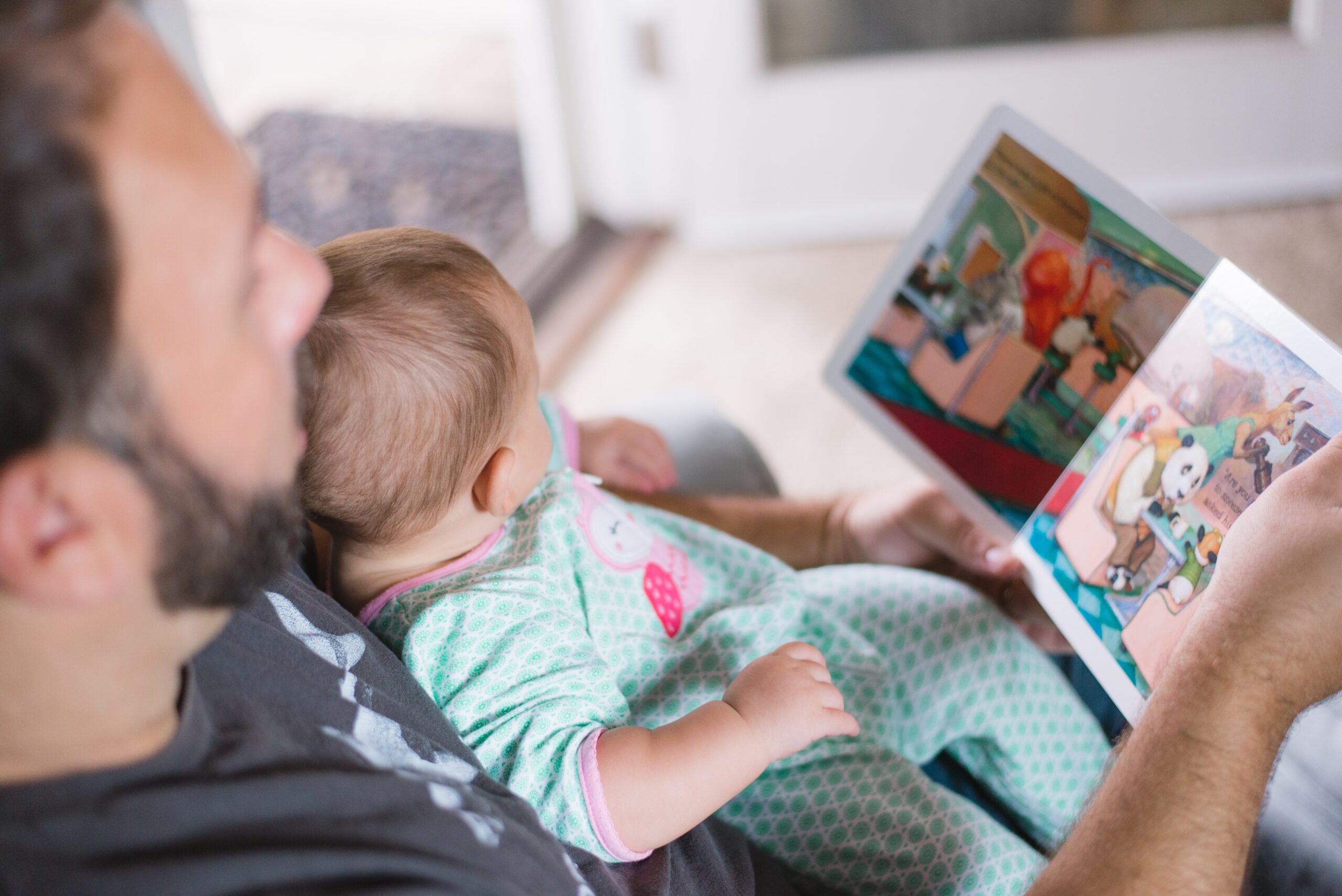
What are Picture Books?
For Children of Age 3-7
Picture books tell stories through a combination of text and illustrations. These books mainly depend on illustrations, and the text is often secondary. Combining pictures and text helps children understand the story and connect with the characters.
Picture books can be about anything, from animals and everyday experiences to fantasy and adventure. The word count of picture books is between 500 to 800, and these books help children develop ideas about simple everyday things to primary education.
What are Chapter Books?
For Children of Age 5-10
Chapter books are for children who are able to read independently. They have longer chapters and more complex stories than early reader books. Chapter books can be fiction or nonfiction, and they cover a wide range of topics.
The word count of chapter books ranges from 3k to 10 K. Chapter books include lots of illustrations and colors along with an engaging storyline and characters to keep the readers engaged.
What are Middle-Grade Books?
For Children of Age 7-12
These books often feature coming-of-age themes, relatable characters, and age-appropriate challenges. While they may have more text and fewer illustrations than early reader books, they are still approachable and engaging for child readers in this age range.
Middle Grade Books can cover various genres, including fiction, nonfiction, and graphic novels. Their word count ranges from 10k to 30k or more. Middle grade books often deal with themes relevant to children’s lives, such as growing up, making friends, and dealing with change.
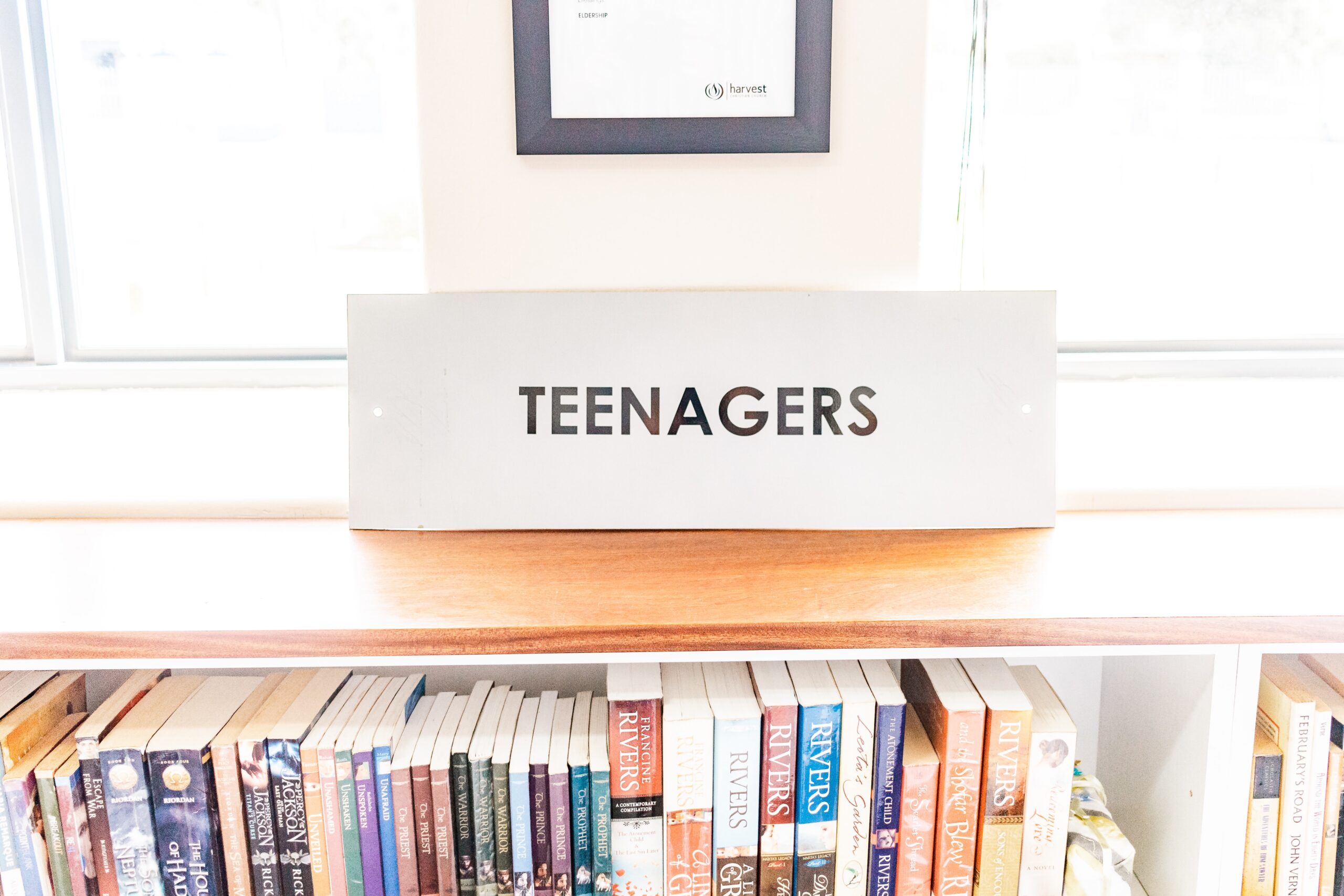
What are Young Adult Books?
For Children of Age 13 -18
Young Adult Books are Written for teenagers, including novels to non-fiction self-help books. They deal with more complex and mature themes than middle-grade books, such as love, loss, identity, and sexuality. YA books often have complex characters and plots.
Young Adult novels often feature teenage protagonists dealing with complex emotions, relationships, and self-discovery. They provide a space for young readers to explore different perspectives and confront challenging topics, making them entertaining and thought-provoking reads.
Why Write Children’s Books?

There are many reasons to write children’s books. For one, they can be a lot of fun. Kids have amazing imaginations, and writing for them allows you to tap into that creativity.
Children’s books can also be a great way to teach children important lessons about life, such as friendship, kindness, and courage. They can also help children learn about different cultures and perspectives.
Moreover, children’s books often become cherished memories, creating a lasting impact on both children and their families.
Ultimately, writing children’s books is a way to make a difference, shaping the future generation one story at a time and leaving an indelible mark on the hearts of young readers.
That’s why writing books for child readers is such a special responsibility. It’s a chance to create stories that will stay with children for the rest of their lives and to help them become the best people they can be.
Why Writing Books for Kids is Different
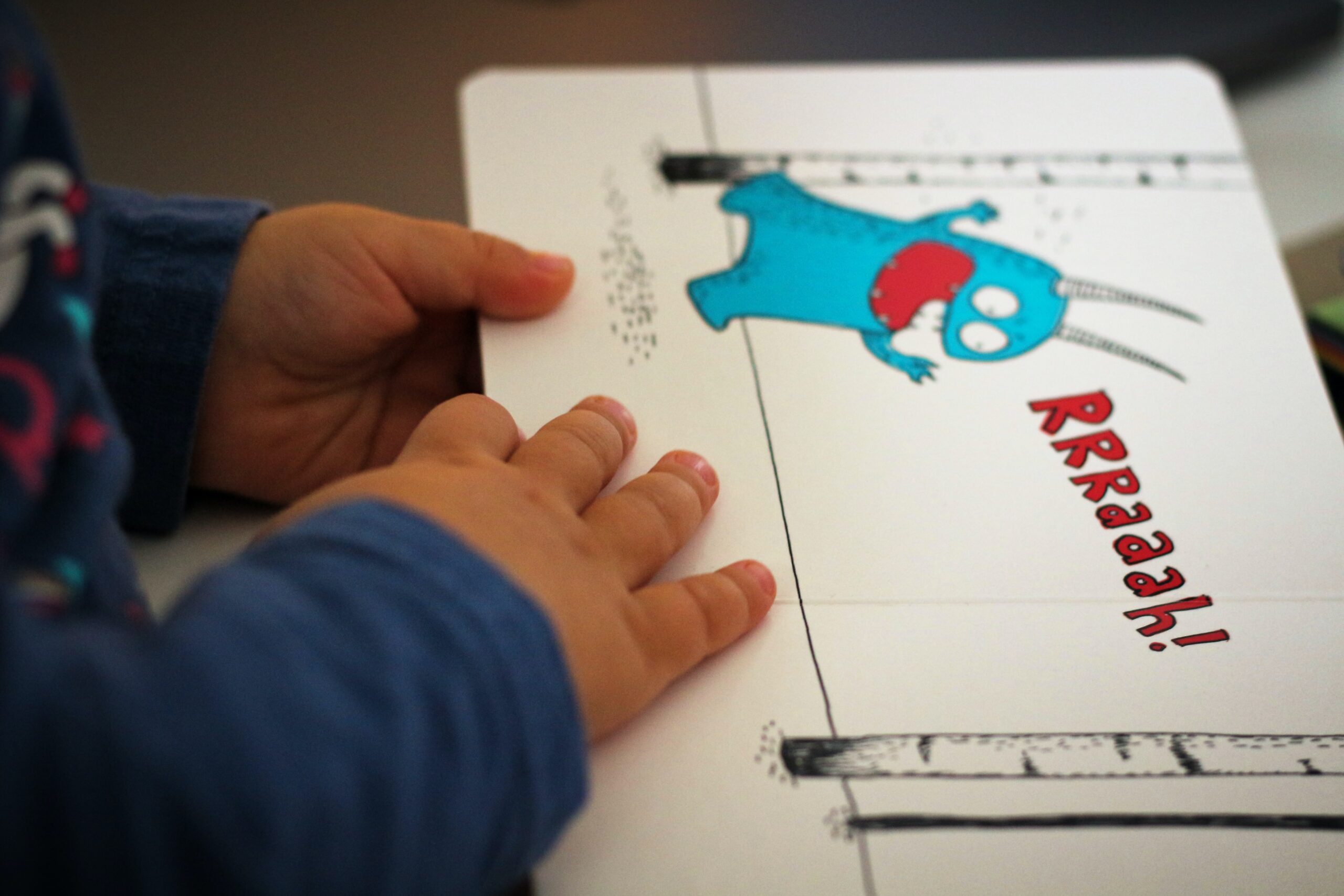
Writing books for children can be an entirely different experience than writing for adults. For starters, children’s books require easy language and age-appropriate concepts that their young minds can comprehend.
The sentences need to be short and engaging to accommodate their short attention spans.
Instead of contemplating philosophical concepts as in adult books, children’s books are often embedded with purposeful outcomes and moral lessons.
Moreover, illustrations often play a significant role, adding depth to the narrative and enhancing the storytelling experience.
But perhaps the most important difference is that children’s books have a unique power to shape young minds.
Children’s books can teach kids about the world around them, help them develop their imaginations, and instill in them important values like kindness, courage, and compassion.
What makes a children’s book good?

Well, firstly, a good children’s book is one that your audience will love to read. You need to understand what your target age group likes and what stories will interest them.
You need to ask yourself questions like: What are their interests? What kinds of stories do they enjoy?
Once you have enough understanding of your audience, you can begin crafting a story that they will love.
A story written for a five-year-old should be much different than one written for a ten-year-old. Also, it’s important to focus on the plot and characters. The plot should be engaging, and the characters should be relatable.
Another important thing to keep in mind is that kids love to read about things they can relate to.
So, when writing your book, try to choose topics that are relevant to their lives and provide a meaningful conclusion.
According to editors, a good children’s book should have the following qualities:
- It Should Be Exciting & Entertaining
- It Should Be Relatable or As Per Children’s Interest
- It Should be eye-catching
- It Should have a meaningful purpose or lesson for the reader
Here’s a detailed breakdown of the four key aspects that make a children’s book good for both the readers and the shelves.
It Should Be Exciting & Entertaining
Children have short attention spans, so a good children’s book needs to be exciting and entertaining from the start. The plot should be fast-paced and engaging, with plenty of twists and turns to keep children guessing.
The characters should be interesting, and the setting should be imaginative and captivating.

It Should Be Relatable or As Per Children’s Interest
Children love to read about characters and situations that they can relate to. This means that the characters in a good children’s book should be something they can relate to or aspire to be.
The characters in your story should face challenges that kids can understand.
The book should also deal with topics relevant to children’s lives, such as friendship, family, school, and emotions.
It should be eye-catching.
Equally important, a good children’s book should be eye-catching. Bright, colorful illustrations and appealing cover designs are like magnets for young readers.
Visual elements play a major role in capturing a child’s attention and enhancing their understanding of the story.
Eye-catching illustrations not only make the book visually attention-grabbing but also aid in conveying emotions and nuances of the narrative, making the reading experience immersive and enjoyable.
It should have a meaningful purpose.
Finally, a good children’s book should leave kids feeling positive and hopeful. It should teach kids important lessons about life in a way that is both fun and meaningful.
Now that you know what makes a children’s book good, the next step is to discover how you can actually write one.
Continue reading down below to discover the best step-by-step guide to writing a great children’s book that not only your readers will love but will also be a star of the shelves. So let’s get started!
How To Write The Best Children’s Book in 13 Easy Steps
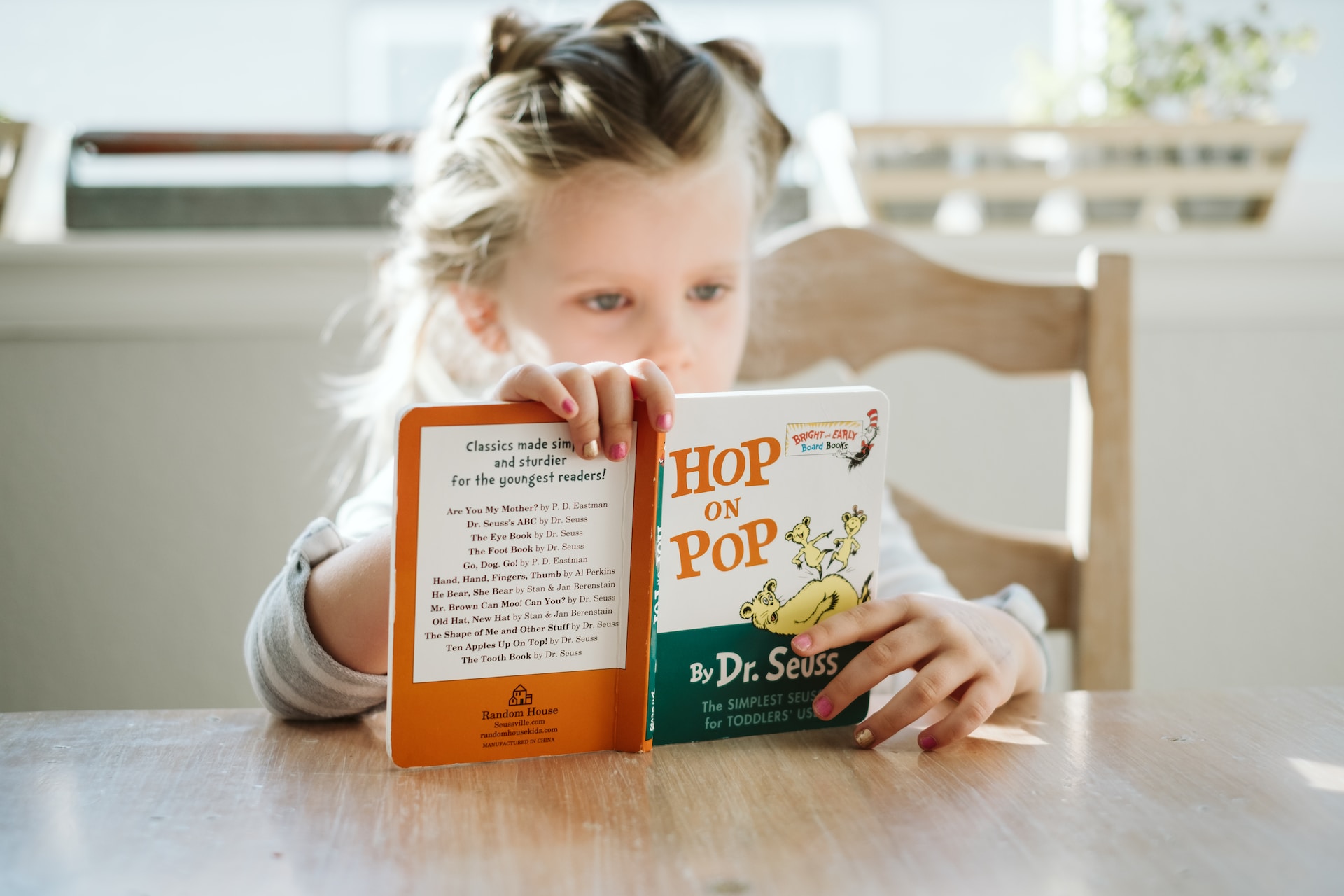
Having an idea for a story isn’t enough. You also need to understand the basic process and what steps to undertake to ensure your book is a success.
To help you out, we’ve asked several top children’s book editors and literary agents what an ideal children’s book is and what they look for when selecting a book. We were given a bunch of valuable advice, which we will now be sharing with you.
Described following is a complete checklist to help you write a perfect children’s book. Read on to find out!
1. Start with a simple, fun idea
Every great story begins with a good book idea. Especially when writing for young children, having a strong idea embedded with a good lesson is the most important step you can’t miss.
But when you’re writing for young children, it’s important to choose an idea that is both simple and fun. Kids have big imaginations, so don’t be afraid to get creative. But keep in mind that the younger your target audience, the simpler your story ideas should be.
Here are a few tips for coming up with a good children’s book idea:
- Think about your own childhood: What were your favorite books? What kinds of stories did you enjoy reading?
- Pay attention to what kids are into: What are they talking about? What are they playing with? What are they watching on TV?
- Read lots of children’s books: This will help you get a feel for what kind of stories are popular with kids today.
Once you have an idea, take some time to brainstorm and develop it. What is the main conflict of the story? What are the character’s goals? How will the story resolve?
2. Decide Who Your Target Reader Is
After you’ve decided on your breakthrough children’s book ideas, it’s time to pick your readers. You can’t write a children’s book that will satisfy kids of all ages.
Each age group has different interests and developmental needs, so it’s important to tailor your story to your audience. A toddler can’t understand Harry Potter, and a 15-year-old won’t like Harry The Dirty Dog.
That is why it’s important to decide who your target reader is. Find out if you want to write for toddlers, preschoolers, elementary school students, or middle school students?
Here are a few things to consider when choosing a target age group:
- Attention span: For example, Younger children have shorter attention spans, so your story should be shorter and simpler.
- Vocabulary: For example, Younger children have smaller vocabularies, so you should avoid using complex words and phrases.
- Interests: For example, teens are more interested in reading books that reflect their own struggles or provide them a way to escape those. If your target audience is 13-18-year-olds, you should write about more mature topics involving friends, family relationships, etc.
3. Paying attention to what kids are into
Kids’ interests are always changing with their age and generation, so it’s important to stay up-to-date on what they’re interested in. This means watching popular TV shows and movies, reading popular books, and talking to kids about what they like.
For example, if you notice that kids are really into superheroes right now, you could write a story about a group of superhero kids who save the day.
Or, if you notice that kids are really into animals, you could write a story about a talking animal who goes on an adventure.

Here are a few ways to stay up-to-date on what kids are into:
- Read children’s book blogs and reviews.
- Follow children’s authors on social media.
- Talk to librarians and teachers about what kids are reading.
- Visit your local bookstore and browse the children’s section.
4. Decide on a Concept
Decide What You Want Young Readers to Learn
Now that you have a good understanding of your target audience, it’s time to decide on a concept for your story. What do you want young readers to learn from your book? Is it about friendship, courage, kindness, or something else entirely?
Here are a few examples of common children’s book concepts:
- Friendship: The importance of friendship and how to be a good friend.
- Family: The importance of family and how to communicate and support each other.
- Courage: Overcoming challenges and facing fears.
- Kindness: The importance of being kind to others, even when it’s difficult.
- Acceptance: Learning to love and accept yourself and others for who they are.
Once you know your concept, you can start to develop your plot and characters.
5. Create a Storyboard
This is a visual representation of your story from beginning to end. It doesn’t have to be fancy, but it can help you organize your thoughts and make sure that your story flows well.
To create a storyboard, simply sketch out each scene in your story on a separate piece of paper.
You don’t need to be a great artist, but your sketches should be clear enough to give you a good idea of what each scene should look like.
Be sure to include the following elements in your storyboard:
- The main characters and their actions
- The setting of each scene
- The mood or tone of each scene
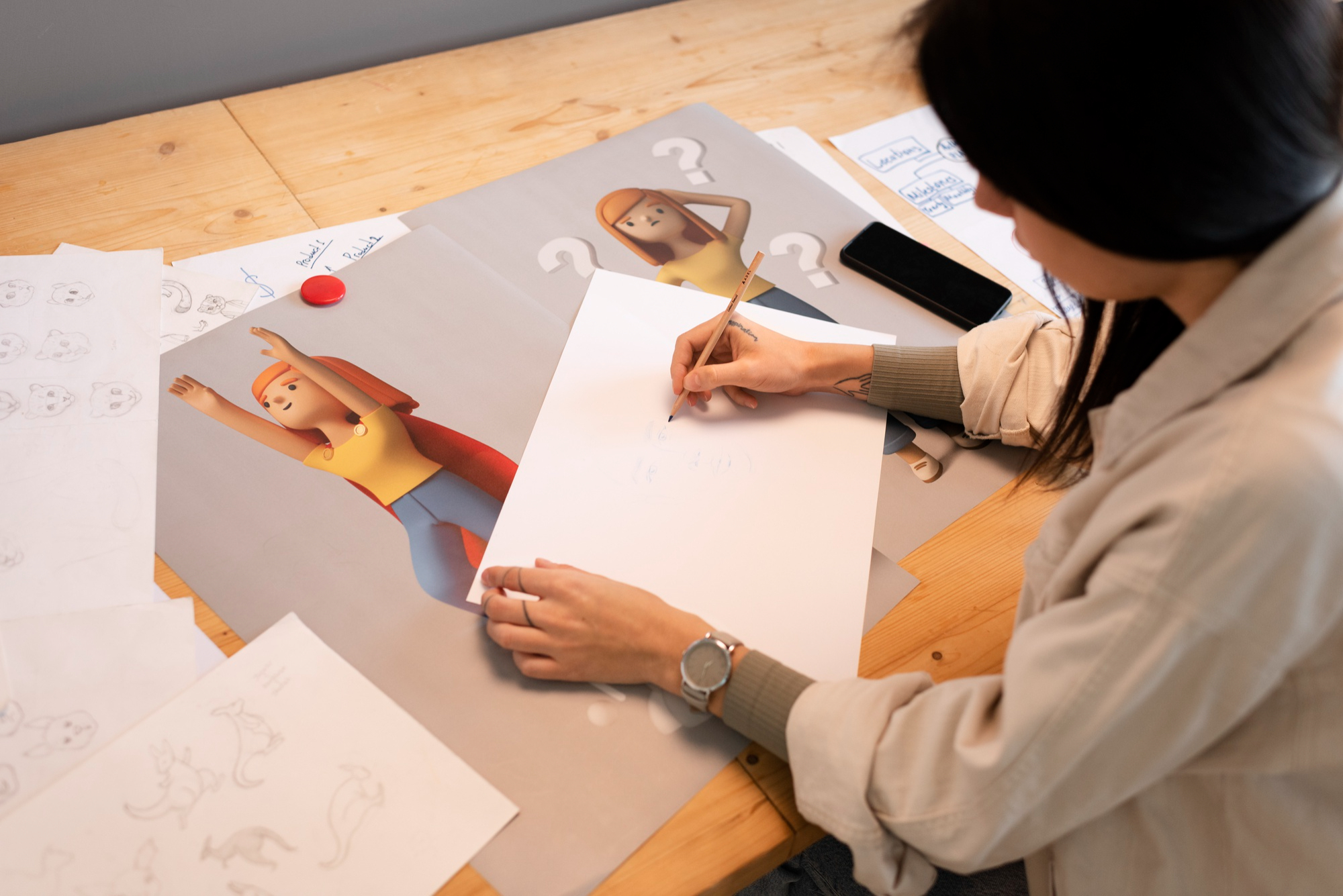
6. Choose a Title
Your title is the first thing that potential readers will see, so it’s important to choose a title that is both catchy and attention-grabbing, but it should also be relevant to your story.
It should give readers a good sense of what your book is about and make them want to pick it up and read it. It should also be easy for children to remember and pronounce.
Here are a few tips for choosing a great children’s book title:
- Keep it short and simple.
- Be creative and original.
- Use alliteration or other rhyming patterns.
7. Find a Writing Style
Next to picking a title, it’s time to start thinking about your writing style. What kind of voice do you want to use in your story? Do you want to be funny, serious, or something in between?
Moreover, it is important to decide what narrative or tense you’re going to write into. Will you use present tense, or will you write in first person narrative? All of these questions are important to ask to find your writing style.
Your writing style should be appropriate for your target audience. For young children, you’ll want to use simple language and short sentences. You may also want to use repetition and rhythm to make your story more engaging.
As children get older, you can start using more complex language and plots in your books.
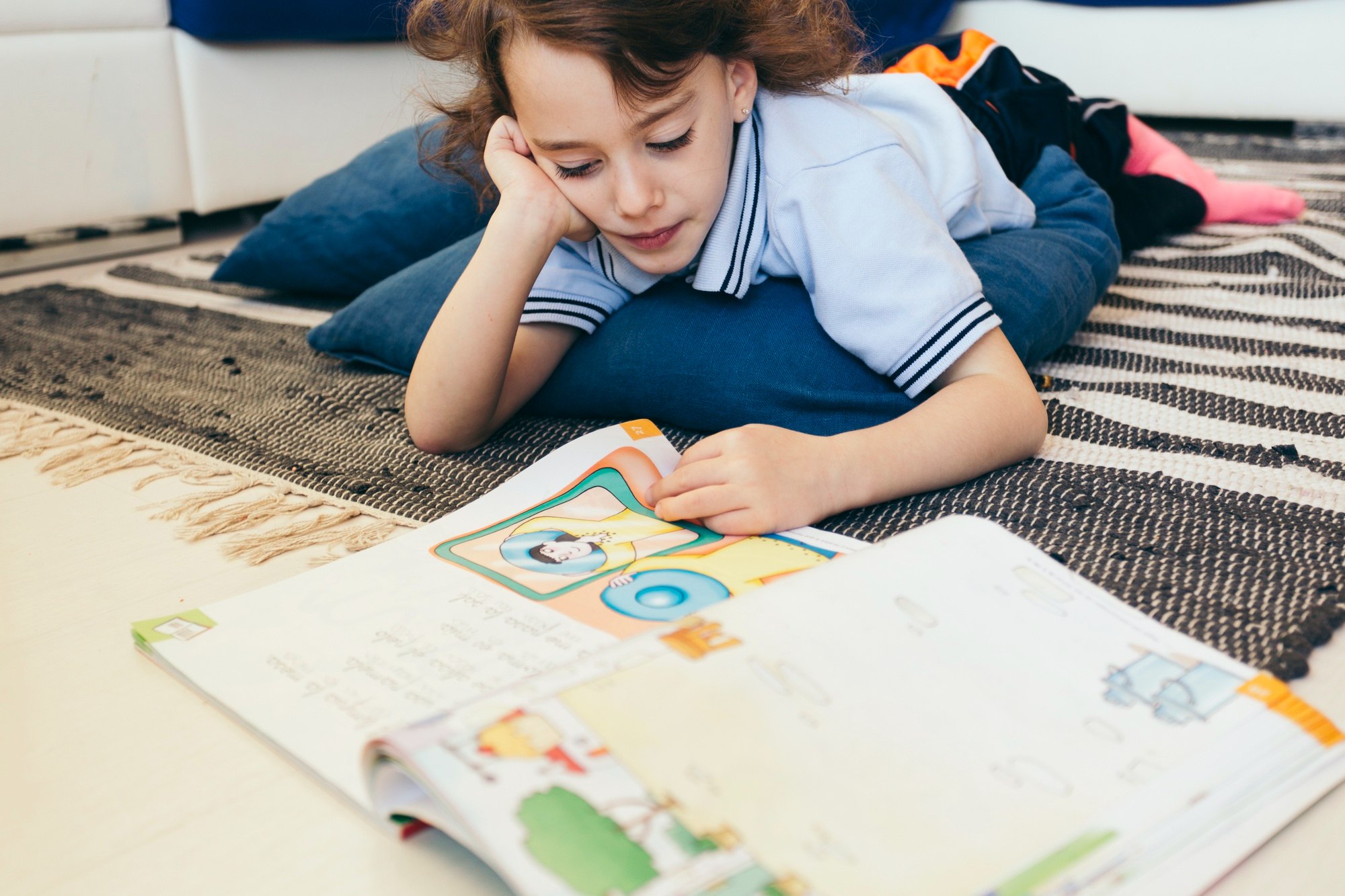
8. Make the Story Engaging
This is where you finally begin writing your children’s book. You need to make sure you’re keeping the story engaging and age-appropriate. Keep in mind the following instructions for a creative book that your readers will love.
- Cast a relatable main character. Kids should be able to see themselves as the main character of your story. This will help them to connect with the story on a deeper level.
- Challenge your hero. Give your main character a problem to solve or an obstacle to overcome. This will create suspense and keep kids invested in the story.
- Create other characters. In addition to the main character, you’ll also want to create a cast of supporting memorable characters. These characters can help to move the story forward and add interest.
- Jump into the action. Don’t waste time with long introductions or unnecessary backstories. Get to the action right away and keep kids engaged from the start.
- Use repetition. Repetition is a great way to emphasize important points and make your story more memorable for young readers.
9. Find the Right Length
Another important thing to keep in mind while writing a children’s book is the length. Children’s books should be age-appropriate in length. For example, Toddlers and preschoolers have short attention spans, so their books should be very short, with only a few pages.
Elementary school kids can handle longer stories, but they should still be relatively short, with no more than 32 pages to 42 pages. On the contrary, if you are writing a YA book, the length can go as far as several hundred pages and sometimes even more.
10. End With a Positive Note
Children’s books should have a positive and uplifting ending. This doesn’t mean your story has to be perfect, but it should leave readers feeling good. This is especially true when your target readers are toddlers and tweens.
No matter how difficult the situation is, they need to know that everything gets okay.
Maybe it’s the character’s mommy or a sibling, a doctor, or a superhero; these little kids should know that there’s always hope, which is always followed by a happy ending.
However, in YA novels, the situation might change.
The ending might be far from what they aim for, or even it can be an open ending, but still, if you’re writing a book for young mind, your story should leave them with a positive impact, a lesson, or something to think about.
11. Illustrate Your Book
It’s not a book for kids if it doesn’t have illustrations. These could be anything, from pictures to drawings or art. They help to bring the story to life and make it more engaging for children.
But if you are not an artist yourself, you can always hire a professional illustrator to create the illustrations for your book.
When choosing an illustrator, try to find someone who has a style that matches your story and your target audience.
You should also make sure that the illustrator is familiar with the children’s book market so that together, you can create a book that children would love to read.
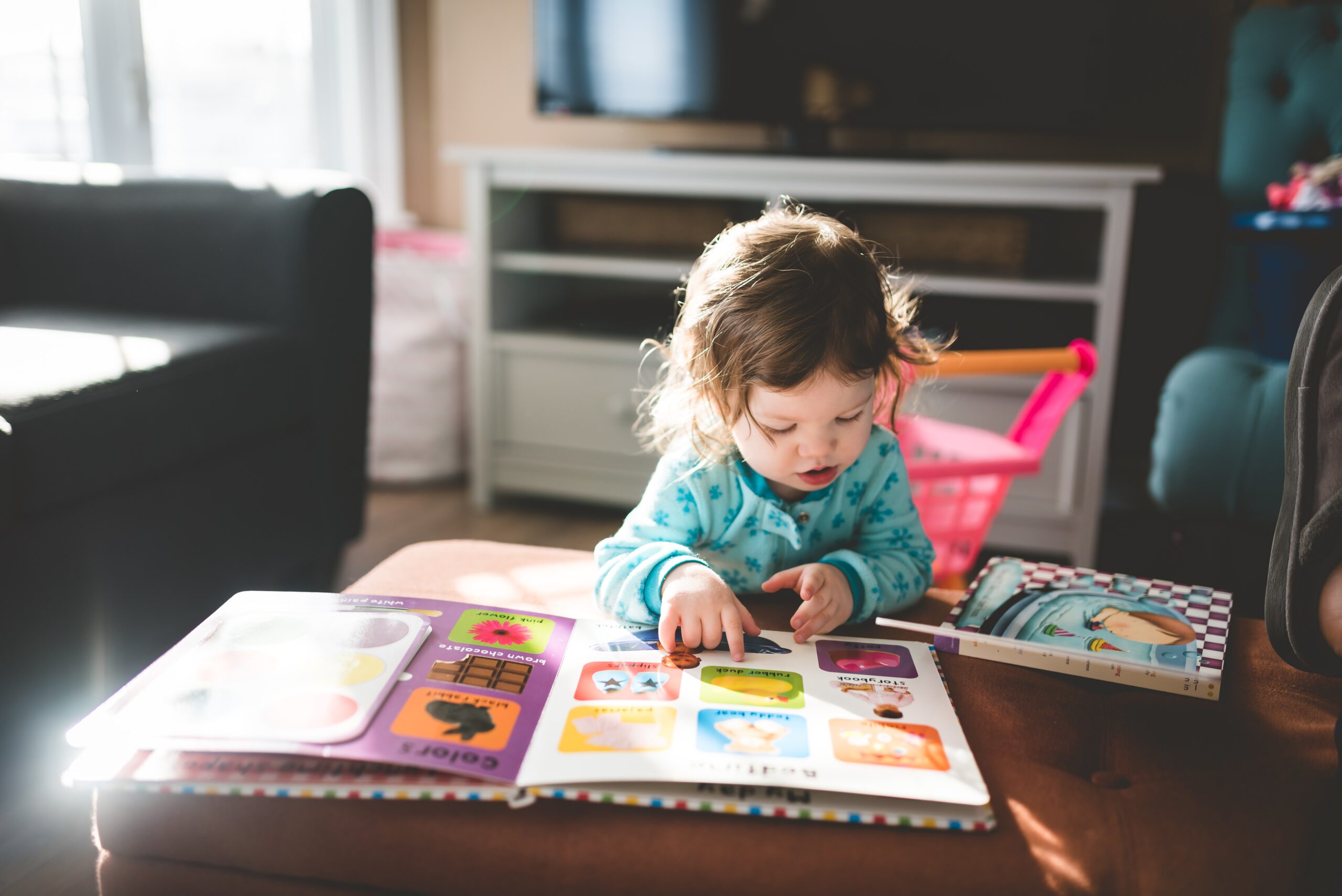
12. Self-Edit and Proofread
Once you have finished writing your book, it’s important to self-edit and proofread it carefully. This means checking for grammar and spelling mistakes, as well as making sure that the story flows well and is easy to read.
It’s also a good idea to have someone else edit and proofread your book for you. This could be a friend or family member. But better than that is hiring a professional editor.
A professional editor is familiar with the industry, and they are much more experienced and qualified to tell you the shortcomings of your book and how you can improve them.
13. Test Read Your Children’s Book To A Group

Now that you’ve got your book edited and proofread, it’s a good idea to test-read it to a group of children before jumping on to publishing. This is a great way to get feedback on your story and to see how children react to it.
Pay attention to the children’s facial expressions and body language. Are they engaged in the story? Are they laughing? Are they asking questions? This feedback can help you to identify any areas of your book that need improvement.
Once done with the changes, you’ll be ready to start submitting your book to publishers or agents. Or, you can self-publish your book and sell it online or in bookstores.
But wait! Before you think you’re all set to start writing your children’s book, there are a few more things you should know, and one of these important things is the mistakes you should look out for.
Fortunately for you, we’ve put together a list of some of the most common errors made by newbie children’s book writers.
So, if you are curious to find out, continue reading our next section!
Mistakes not to make as a new and aspiring children’s book author:
Knowing what mistakes not to make gives you a certain advantage over someone who knows the process. It gives you what feels like a hands-on experience without even actually experiencing it, so you know what to do and what not to do.

When we talked with our editors, they suggested a lot of mistakes that especially aspiring children’s book authors make. A few of the most common ones are described below!
- Focusing too much on publishing, not enough on writing
- Ignoring non-fiction
- Skipping the Moral of the Story
- Using Long Sentences
- Incorporating Strong Vocabulary and Complex Concepts
1. Focusing too much on publishing and not enough on writing
One of the biggest mistakes new children’s book authors make is focusing too much on publishing and not enough on writing.
It’s easy to get caught up in the dream of being a published author, but it’s important to remember that the most important thing is to write a great book.
If your book is good, it will find its way to a publisher.
So, before you start querying agents or publishers, make sure your story is the best it can be. Don’t rush the writing process. Take your time to develop your story, characters, and plot. And once you have a draft, revise and edit it carefully.
2. Ignoring non-fiction
Not everyone is a storyteller, but that doesn’t mean you have no other way to communicate your thoughts as a writer. Writing non-fiction books is one of the ways.
Non-fiction children’s books can be just as much fun and engaging as fiction books. And they’re a great way to teach kids about the world around them.
For example, you can write poems conveying your message via rhymes and jingles. Or you can write a fun science book, telling children about exciting new innovations or concepts, etc.
The ideas are vast, and there’s a lot of potential in making your book successful for your young readers.
3. Skipping the Moral of the Story
The main idea behind children’s books is that there’s something for kids to learn from. Whether it be a moral lesson or merely a piece of general knowledge, there must be something that your readers take away from the story.
So, before you begin writing, think about what you want your young readers to learn from your story.
This doesn’t mean that your story has to be preachy or didactic. You can subtly weave it into the plot and characters. It can be implied through the actions of your characters or the events of the story.
For example, if you’re writing a story about a character who overcomes a challenge, the moral of the story could be about perseverance or never giving up on your dreams.
4. Using Long Sentences
Young children have short attention spans, so it’s important to use short, simple sentences in your writing. Aim for sentences that are no more than 10-15 words long.
You should also avoid using too many complex words and phrases. If you do need to use a complex word, be sure to explain it to your readers in a simple way.
5. Incorporating Strong Vocabulary and Complex Concepts
When writing for children, it’s important to use vocabulary that they are familiar with. Avoid using strong vocabulary or complex concepts that they may not understand.
If you do need to use a new word or concept, be sure to define it clearly in the text. You can also use illustrations to help explain new concepts.
How to Publish Your Children’s Book
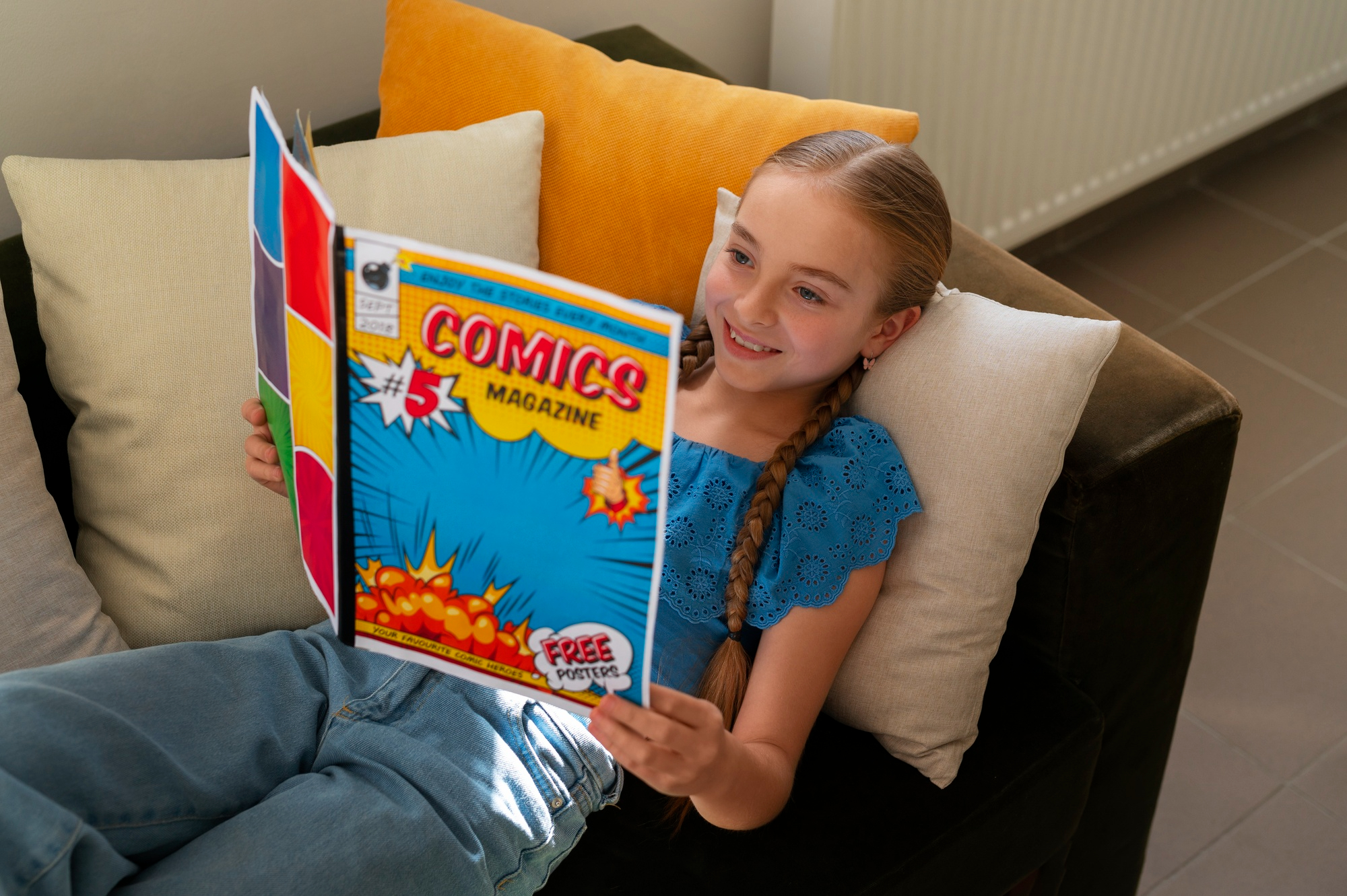
There are two main ways to publish a children’s book: traditional publishing and self-publishing.
Traditional Publishing
Traditional publishing is the process of getting your book published by a major publishing house or traditional publisher. This is the most common way for children’s books to be published.
To get your children’s book published traditionally, you will need to:
- Write a great book. This is the most important step! Your book should be well-written, engaging, and appropriate for your target audience.
- Look for a literary agent. A literary agent is a professional who represents authors and helps them to get their books published. To find a literary agent, you can search online or attend writing conferences.
- Query agents. Once you have a list of potential agents, you will need to query them. This involves sending them a query letter and a sample of your work.
- Get an offer. If an agent is interested in your book, they will offer to represent you. Once you have an agent, they will start submitting your book to publishers.
- Get a book deal. If a publisher is interested in your book, they will offer you a book deal. This is a contract that outlines the terms of publication, such as the royalties you will earn and the number of copies of your book that will be printed.
Once you have a book deal, the publisher will take care of everything else, such as editing, designing, and marketing your book.

Self-Publishing
Self-publishing is the process of publishing your book yourself. This is becoming increasingly popular, especially for children’s books.
To self-publish your children’s book, you will need to:
- Edit and proofread your book carefully. It is important to make sure that your book is free of errors before you publish it. You can hire a professional editor or proofreader to help you with this.
- Design your book cover. Your book cover is important because it is the first thing that potential readers will see. You can hire a professional graphic designer or illustrator to create a book cover for you, or you can design it yourself using a book cover design tool.
- Format your book. Once your book is edited and proofread, you will need to format it for publication. This involves choosing a font, font size, and layout for your book. You can use a word processing program like Microsoft Word or Google Docs to format your book.
- Choose a self-publishing platform. There are many different self-publishing platforms available, such as Amazon KDP and Barnes & Noble Press. Each platform has its own advantages and disadvantages, so it is important to choose the one that is right for you.
- Publish your book! Once you have chosen a self-publishing platform, you can publish your book. This process is usually very simple. The self-publishing platform will generate a print file and an ebook file for your book. You can then sell your book in print and ebook format.
Which publishing option is right for you?
The best publishing option for you will depend on your individual circumstances and goals. If you’re looking for the most traditional publishing experience, then you should query agents.
If you’re looking for more control over the publishing process and are willing to put in the work, then you should consider self or direct publishing.
Self-publishing gives you more control over the publishing process, but it also requires more work. You will be responsible for editing, designing, formatting, marketing, and selling your book. However hiring, there are many online platforms that can help you with all these tasks.
No matter which publishing option you choose, make sure you do your research and understand the process involved. This will help you to make the best decision for your book and your career.
FAQs

- Should I copyright my children’s book?
Yes, you should copyright your children’s book. This will protect your work from being copied or plagiarized. You can copyright your book yourself or through a copyright attorney.
- Where to find a children’s book illustrator?
There are many places to find children’s book illustrators. You can search online, attend writing conferences, or contact publishers directly. You can also ask other children’s book authors for recommendations.
- Where to get a children’s book published?
As we discussed earlier, there are two ways you can get your book published. You can do that either via traditional publishing, where the rest is the headache of your literary agent, or you can try self-publishing on platforms like Amazon Kindle, Lulu, etc.
Although it is a general concept that by direct publishing, you have to do all the work by yourself, but there are also many platforms that will help you with that too, helping you with everything from marketing to editing and sometimes even writing.
- Are children’s book titles italicized?
As a general rule, Children’s book titles are not italicized and instead written in quotation marks.
- Do children’s books have page numbers?
Yes, children’s books typically have page numbers. This is helpful for young readers who are learning to count. It is also helpful for parents and teachers who are reading to children.
- Are children’s books profitable?
Children’s books can be profitable, but it is important to do your research and market your book effectively. There are many successful children’s authors who make a good living from their writing. However, there are also many children’s authors who do not make a lot of money from their books.
Top 10 children’s books
If you’re looking for inspiration, here are our top picks for 15 great children’s books of all time.

- The Little Prince by Antoine De Saint-Exupery (1943)
- Grimms’ Fairy Tales by The Brothers Grimm
- The Lion, the Witch and the Wardrobe by C. S. Lewis
- The Very Hungry Caterpillar by Eric Carle
- Charlotte’s Web by E.B White
- The Cat in the Hat by Dr. Seuss
- Curious George
- One Fish, Two Fish, Red Fish, Blue Fish
- Harold and the Purple Crayon
- Charlie and the Chocolate Factory by Roald Dahl
- Make Way for Ducklings by Robert McCloskey.
- The Witches BY Roald Dahl
- Yertle the Turtle and Other Stories by Dr. Seuss
- Olivia, by Ian Falconer.
- Frog and Toad (series), by Arnold Lobel.
Examples of some widely popular YA Novels & Books for older children are:
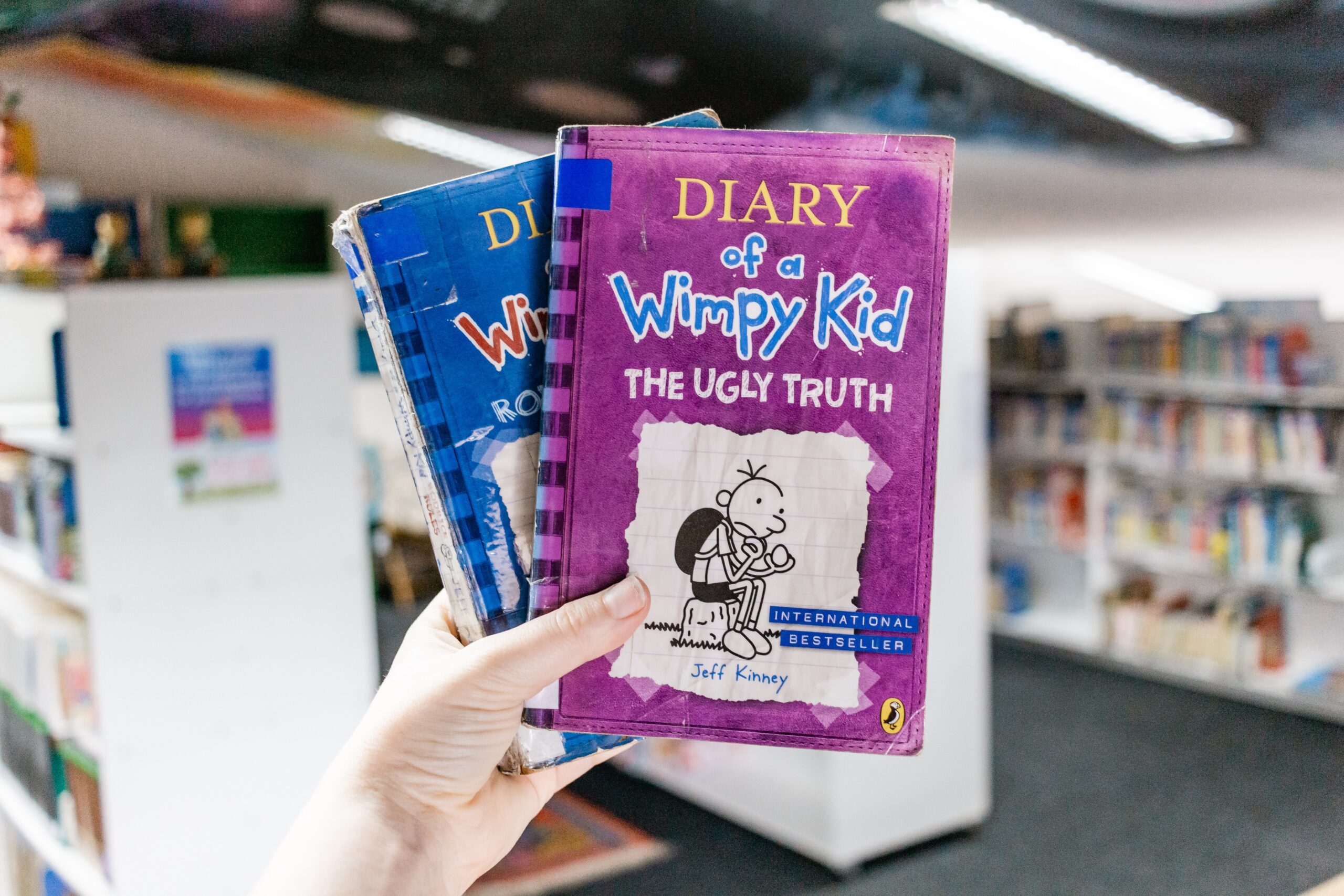
- Diary of a Wimpy Kid
- Harry Potter Series
- Percy Jackson Series
- The Twilight Series
- The Hunger Game Series
- Maze Runner
- Divergent Series
- The Book Thief by Marcus Zusak
- The Giver
- A Tree Grows in Brooklyn. By Betty Smith.
Wrapping Up!
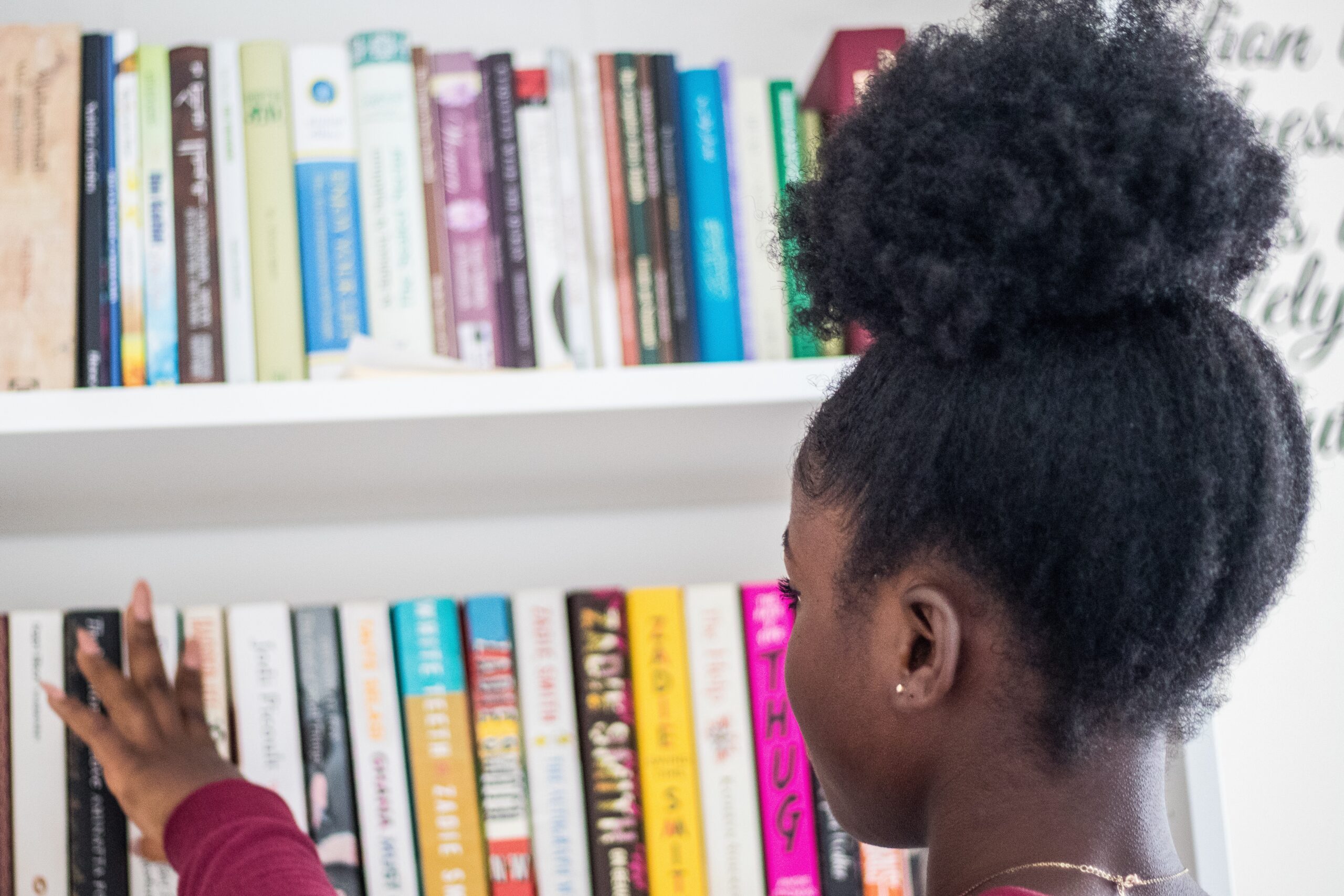
And with that, friends, comes the end of our guide. Creating a kids’ book is no easy task, so having the right advice from experienced children’s book editors can be invaluable. It is important to remember that children’s books should be entertaining and educational at the same time.
When writing for a young audience, it is essential to keep the language simple and the story engaging. Editors can also help with the overall structure of the book, making sure that the plot and characters are well-developed. Additionally, it is important to ensure that the story is age-appropriate, as this will help create a positive experience for the reader.
So, what do you think of our blog? We hope it has everything to get you fully prepared to gear up for your dream of writing the best children’s blog. Let us know in the comments below. And to find more helpful blogs and excellent articles on books, subscribe to our newsletter!

 Last Updated: January 26, 2024
Last Updated: January 26, 2024

 Last Updated: January 26, 2024
Last Updated: January 26, 2024

 Last Updated: January 24, 2024
Last Updated: January 24, 2024

 Last Updated: January 23, 2024
Last Updated: January 23, 2024
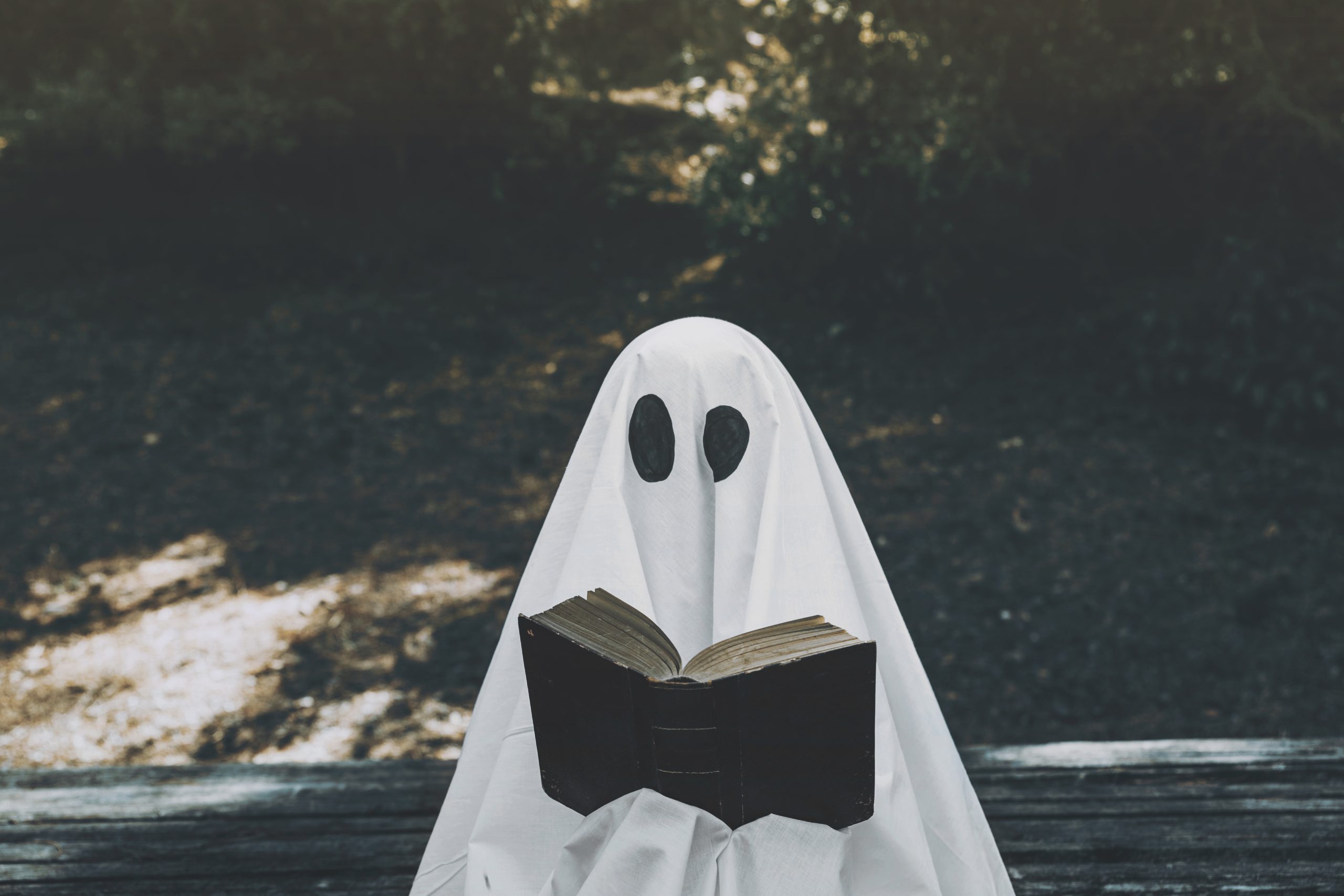
 Last Updated: January 22, 2024
Last Updated: January 22, 2024


 Last Updated: January 22, 2024
Last Updated: January 22, 2024
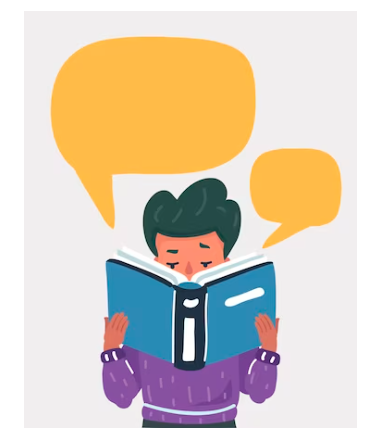
 Last Updated: January 20, 2024
Last Updated: January 20, 2024
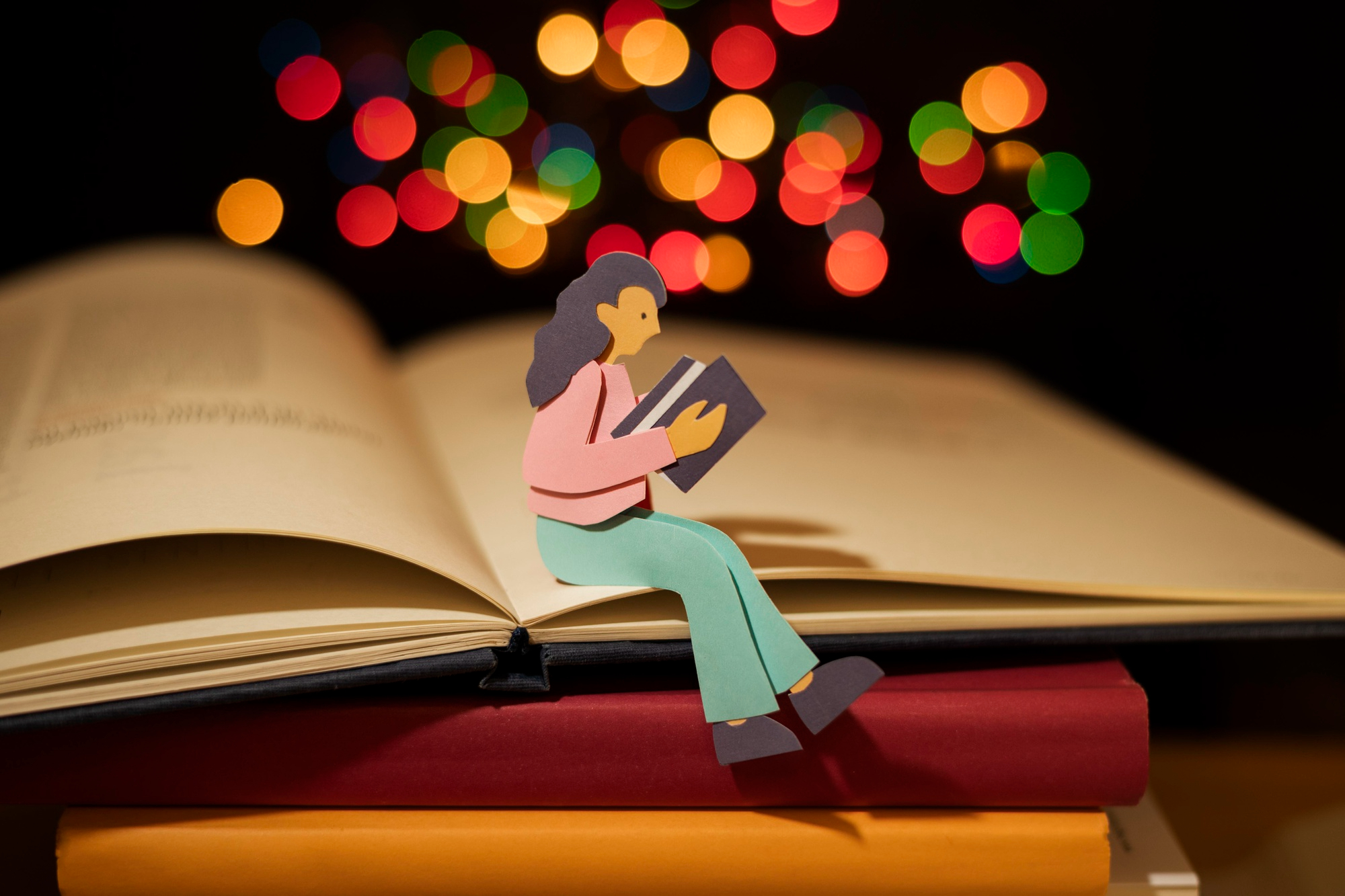
 Last Updated: January 20, 2024
Last Updated: January 20, 2024


 Last Updated: January 18, 2024
Last Updated: January 18, 2024

 Last Updated: January 18, 2024
Last Updated: January 18, 2024

4,482
Share
How to Write Children’s Book – Tips From Editors
From reading fairytales to superhero stories, we all grew up with many wonderful children’s books that became an unforgettable part of our childhoods.
Children’s Books play an important role in shaping a child’s ideas about the world and the role they want to have in it. These stories foster their imaginations and help them expand their horizons beyond the ordinary.
Maybe that’s why crafting stories for early readers and young children feels like such a rewarding and fulfilling experience. If you, too, have an idea for an amazing story that could impact young minds, then writing children’s books might be a great start.
In this blog, we’ll tell you everything you need to know to write a good children’s book. From different types to best tips and common mistakes, we’ll share it all.
So, if you’re ready to start writing your own children’s book, let’s get started!
Table of Content
What is a Children’s Book?
A children’s book is a book that’s written for kids. It can be about anything, from animals and adventures to friendship and family. Children’s books are often shorter and simpler than books for adults and often have many pictures.
Why do we read children’s books? Well, for one thing, they’re fun! Kids love to hear stories, and children’s books are a great way to spark their imaginations.
Children’s books can also teach kids important lessons about life, like how to be kind, how to share, and how to deal with challenges.
What are the Different Types of Kids Books You Can Write?
Children’s books fall into multiple categories; here’s a brief description of each of them.
What are Board Books?
For Children of Age Group 0-3
Board books are the first books that babies and toddlers are introduced to. They are made of thick cardboard pages that can withstand being chewed, drooled on, and thrown around.
Board books often feature bright colors, simple illustrations or pictures, and basic concepts like numbers, colors, and animals. The word count of these books is 0 – 200, and they’re perfect for introducing infants and toddlers to the joy of books!
What are Early Reader Books?
For Children of Age Group 2-5
Early reader books are made for children who are just starting to learn to read on their own. They have simple text with few words per page and often use repetition to help children learn new vocabulary and concepts.
Early reader books also often have many illustrations, which can help children follow along with the story. The word count of early readers’ books ranges from 200 to 500. They may also include activities like word searches and puzzles to help children learn and practice their reading skills.
What are Picture Books?
For Children of Age 3-7
Picture books tell stories through a combination of text and illustrations. These books mainly depend on illustrations, and the text is often secondary. Combining pictures and text helps children understand the story and connect with the characters.
Picture books can be about anything, from animals and everyday experiences to fantasy and adventure. The word count of picture books is between 500 to 800, and these books help children develop ideas about simple everyday things to primary education.
What are Chapter Books?
For Children of Age 5-10
Chapter books are for children who are able to read independently. They have longer chapters and more complex stories than early reader books. Chapter books can be fiction or nonfiction, and they cover a wide range of topics.
The word count of chapter books ranges from 3k to 10 K. Chapter books include lots of illustrations and colors along with an engaging storyline and characters to keep the readers engaged.
What are Middle-Grade Books?
For Children of Age 7-12
These books often feature coming-of-age themes, relatable characters, and age-appropriate challenges. While they may have more text and fewer illustrations than early reader books, they are still approachable and engaging for child readers in this age range.
Middle Grade Books can cover various genres, including fiction, nonfiction, and graphic novels. Their word count ranges from 10k to 30k or more. Middle grade books often deal with themes relevant to children’s lives, such as growing up, making friends, and dealing with change.
What are Young Adult Books?
For Children of Age 13 -18
Young Adult Books are Written for teenagers, including novels to non-fiction self-help books. They deal with more complex and mature themes than middle-grade books, such as love, loss, identity, and sexuality. YA books often have complex characters and plots.
Young Adult novels often feature teenage protagonists dealing with complex emotions, relationships, and self-discovery. They provide a space for young readers to explore different perspectives and confront challenging topics, making them entertaining and thought-provoking reads.
Why Write Children’s Books?
There are many reasons to write children’s books. For one, they can be a lot of fun. Kids have amazing imaginations, and writing for them allows you to tap into that creativity.
Children’s books can also be a great way to teach children important lessons about life, such as friendship, kindness, and courage. They can also help children learn about different cultures and perspectives.
Moreover, children’s books often become cherished memories, creating a lasting impact on both children and their families.
Ultimately, writing children’s books is a way to make a difference, shaping the future generation one story at a time and leaving an indelible mark on the hearts of young readers.
That’s why writing books for child readers is such a special responsibility. It’s a chance to create stories that will stay with children for the rest of their lives and to help them become the best people they can be.
Why Writing Books for Kids is Different
Writing books for children can be an entirely different experience than writing for adults. For starters, children’s books require easy language and age-appropriate concepts that their young minds can comprehend.
The sentences need to be short and engaging to accommodate their short attention spans.
Instead of contemplating philosophical concepts as in adult books, children’s books are often embedded with purposeful outcomes and moral lessons.
Moreover, illustrations often play a significant role, adding depth to the narrative and enhancing the storytelling experience.
But perhaps the most important difference is that children’s books have a unique power to shape young minds.
Children’s books can teach kids about the world around them, help them develop their imaginations, and instill in them important values like kindness, courage, and compassion.
What makes a children’s book good?
Well, firstly, a good children’s book is one that your audience will love to read. You need to understand what your target age group likes and what stories will interest them.
You need to ask yourself questions like: What are their interests? What kinds of stories do they enjoy?
Once you have enough understanding of your audience, you can begin crafting a story that they will love.
A story written for a five-year-old should be much different than one written for a ten-year-old. Also, it’s important to focus on the plot and characters. The plot should be engaging, and the characters should be relatable.
Another important thing to keep in mind is that kids love to read about things they can relate to.
So, when writing your book, try to choose topics that are relevant to their lives and provide a meaningful conclusion.
According to editors, a good children’s book should have the following qualities:
Here’s a detailed breakdown of the four key aspects that make a children’s book good for both the readers and the shelves.
It Should Be Exciting & Entertaining
Children have short attention spans, so a good children’s book needs to be exciting and entertaining from the start. The plot should be fast-paced and engaging, with plenty of twists and turns to keep children guessing.
The characters should be interesting, and the setting should be imaginative and captivating.
It Should Be Relatable or As Per Children’s Interest
Children love to read about characters and situations that they can relate to. This means that the characters in a good children’s book should be something they can relate to or aspire to be.
The characters in your story should face challenges that kids can understand.
The book should also deal with topics relevant to children’s lives, such as friendship, family, school, and emotions.
It should be eye-catching.
Equally important, a good children’s book should be eye-catching. Bright, colorful illustrations and appealing cover designs are like magnets for young readers.
Visual elements play a major role in capturing a child’s attention and enhancing their understanding of the story.
Eye-catching illustrations not only make the book visually attention-grabbing but also aid in conveying emotions and nuances of the narrative, making the reading experience immersive and enjoyable.
It should have a meaningful purpose.
Finally, a good children’s book should leave kids feeling positive and hopeful. It should teach kids important lessons about life in a way that is both fun and meaningful.
Now that you know what makes a children’s book good, the next step is to discover how you can actually write one.
Continue reading down below to discover the best step-by-step guide to writing a great children’s book that not only your readers will love but will also be a star of the shelves. So let’s get started!
How To Write The Best Children’s Book in 13 Easy Steps
Having an idea for a story isn’t enough. You also need to understand the basic process and what steps to undertake to ensure your book is a success.
To help you out, we’ve asked several top children’s book editors and literary agents what an ideal children’s book is and what they look for when selecting a book. We were given a bunch of valuable advice, which we will now be sharing with you.
Described following is a complete checklist to help you write a perfect children’s book. Read on to find out!
1. Start with a simple, fun idea
Every great story begins with a good book idea. Especially when writing for young children, having a strong idea embedded with a good lesson is the most important step you can’t miss.
But when you’re writing for young children, it’s important to choose an idea that is both simple and fun. Kids have big imaginations, so don’t be afraid to get creative. But keep in mind that the younger your target audience, the simpler your story ideas should be.
Here are a few tips for coming up with a good children’s book idea:
Once you have an idea, take some time to brainstorm and develop it. What is the main conflict of the story? What are the character’s goals? How will the story resolve?
2. Decide Who Your Target Reader Is
After you’ve decided on your breakthrough children’s book ideas, it’s time to pick your readers. You can’t write a children’s book that will satisfy kids of all ages.
Each age group has different interests and developmental needs, so it’s important to tailor your story to your audience. A toddler can’t understand Harry Potter, and a 15-year-old won’t like Harry The Dirty Dog.
That is why it’s important to decide who your target reader is. Find out if you want to write for toddlers, preschoolers, elementary school students, or middle school students?
Here are a few things to consider when choosing a target age group:
3. Paying attention to what kids are into
Kids’ interests are always changing with their age and generation, so it’s important to stay up-to-date on what they’re interested in. This means watching popular TV shows and movies, reading popular books, and talking to kids about what they like.
For example, if you notice that kids are really into superheroes right now, you could write a story about a group of superhero kids who save the day.
Or, if you notice that kids are really into animals, you could write a story about a talking animal who goes on an adventure.
Here are a few ways to stay up-to-date on what kids are into:
4. Decide on a Concept
Decide What You Want Young Readers to Learn
Now that you have a good understanding of your target audience, it’s time to decide on a concept for your story. What do you want young readers to learn from your book? Is it about friendship, courage, kindness, or something else entirely?
Here are a few examples of common children’s book concepts:
Once you know your concept, you can start to develop your plot and characters.
5. Create a Storyboard
This is a visual representation of your story from beginning to end. It doesn’t have to be fancy, but it can help you organize your thoughts and make sure that your story flows well.
To create a storyboard, simply sketch out each scene in your story on a separate piece of paper.
You don’t need to be a great artist, but your sketches should be clear enough to give you a good idea of what each scene should look like.
Be sure to include the following elements in your storyboard:
6. Choose a Title
Your title is the first thing that potential readers will see, so it’s important to choose a title that is both catchy and attention-grabbing, but it should also be relevant to your story.
It should give readers a good sense of what your book is about and make them want to pick it up and read it. It should also be easy for children to remember and pronounce.
Here are a few tips for choosing a great children’s book title:
7. Find a Writing Style
Next to picking a title, it’s time to start thinking about your writing style. What kind of voice do you want to use in your story? Do you want to be funny, serious, or something in between?
Moreover, it is important to decide what narrative or tense you’re going to write into. Will you use present tense, or will you write in first person narrative? All of these questions are important to ask to find your writing style.
Your writing style should be appropriate for your target audience. For young children, you’ll want to use simple language and short sentences. You may also want to use repetition and rhythm to make your story more engaging.
As children get older, you can start using more complex language and plots in your books.
8. Make the Story Engaging
This is where you finally begin writing your children’s book. You need to make sure you’re keeping the story engaging and age-appropriate. Keep in mind the following instructions for a creative book that your readers will love.
9. Find the Right Length
Another important thing to keep in mind while writing a children’s book is the length. Children’s books should be age-appropriate in length. For example, Toddlers and preschoolers have short attention spans, so their books should be very short, with only a few pages.
Elementary school kids can handle longer stories, but they should still be relatively short, with no more than 32 pages to 42 pages. On the contrary, if you are writing a YA book, the length can go as far as several hundred pages and sometimes even more.
10. End With a Positive Note
Children’s books should have a positive and uplifting ending. This doesn’t mean your story has to be perfect, but it should leave readers feeling good. This is especially true when your target readers are toddlers and tweens.
No matter how difficult the situation is, they need to know that everything gets okay.
Maybe it’s the character’s mommy or a sibling, a doctor, or a superhero; these little kids should know that there’s always hope, which is always followed by a happy ending.
However, in YA novels, the situation might change.
The ending might be far from what they aim for, or even it can be an open ending, but still, if you’re writing a book for young mind, your story should leave them with a positive impact, a lesson, or something to think about.
11. Illustrate Your Book
It’s not a book for kids if it doesn’t have illustrations. These could be anything, from pictures to drawings or art. They help to bring the story to life and make it more engaging for children.
But if you are not an artist yourself, you can always hire a professional illustrator to create the illustrations for your book.
When choosing an illustrator, try to find someone who has a style that matches your story and your target audience.
You should also make sure that the illustrator is familiar with the children’s book market so that together, you can create a book that children would love to read.
12. Self-Edit and Proofread
Once you have finished writing your book, it’s important to self-edit and proofread it carefully. This means checking for grammar and spelling mistakes, as well as making sure that the story flows well and is easy to read.
It’s also a good idea to have someone else edit and proofread your book for you. This could be a friend or family member. But better than that is hiring a professional editor.
A professional editor is familiar with the industry, and they are much more experienced and qualified to tell you the shortcomings of your book and how you can improve them.
13. Test Read Your Children’s Book To A Group
Now that you’ve got your book edited and proofread, it’s a good idea to test-read it to a group of children before jumping on to publishing. This is a great way to get feedback on your story and to see how children react to it.
Pay attention to the children’s facial expressions and body language. Are they engaged in the story? Are they laughing? Are they asking questions? This feedback can help you to identify any areas of your book that need improvement.
Once done with the changes, you’ll be ready to start submitting your book to publishers or agents. Or, you can self-publish your book and sell it online or in bookstores.
But wait! Before you think you’re all set to start writing your children’s book, there are a few more things you should know, and one of these important things is the mistakes you should look out for.
Fortunately for you, we’ve put together a list of some of the most common errors made by newbie children’s book writers.
So, if you are curious to find out, continue reading our next section!
Mistakes not to make as a new and aspiring children’s book author:
Knowing what mistakes not to make gives you a certain advantage over someone who knows the process. It gives you what feels like a hands-on experience without even actually experiencing it, so you know what to do and what not to do.
When we talked with our editors, they suggested a lot of mistakes that especially aspiring children’s book authors make. A few of the most common ones are described below!
1. Focusing too much on publishing and not enough on writing
One of the biggest mistakes new children’s book authors make is focusing too much on publishing and not enough on writing.
It’s easy to get caught up in the dream of being a published author, but it’s important to remember that the most important thing is to write a great book.
If your book is good, it will find its way to a publisher.
So, before you start querying agents or publishers, make sure your story is the best it can be. Don’t rush the writing process. Take your time to develop your story, characters, and plot. And once you have a draft, revise and edit it carefully.
2. Ignoring non-fiction
Not everyone is a storyteller, but that doesn’t mean you have no other way to communicate your thoughts as a writer. Writing non-fiction books is one of the ways.
Non-fiction children’s books can be just as much fun and engaging as fiction books. And they’re a great way to teach kids about the world around them.
For example, you can write poems conveying your message via rhymes and jingles. Or you can write a fun science book, telling children about exciting new innovations or concepts, etc.
The ideas are vast, and there’s a lot of potential in making your book successful for your young readers.
3. Skipping the Moral of the Story
The main idea behind children’s books is that there’s something for kids to learn from. Whether it be a moral lesson or merely a piece of general knowledge, there must be something that your readers take away from the story.
So, before you begin writing, think about what you want your young readers to learn from your story.
This doesn’t mean that your story has to be preachy or didactic. You can subtly weave it into the plot and characters. It can be implied through the actions of your characters or the events of the story.
For example, if you’re writing a story about a character who overcomes a challenge, the moral of the story could be about perseverance or never giving up on your dreams.
4. Using Long Sentences
Young children have short attention spans, so it’s important to use short, simple sentences in your writing. Aim for sentences that are no more than 10-15 words long.
You should also avoid using too many complex words and phrases. If you do need to use a complex word, be sure to explain it to your readers in a simple way.
5. Incorporating Strong Vocabulary and Complex Concepts
When writing for children, it’s important to use vocabulary that they are familiar with. Avoid using strong vocabulary or complex concepts that they may not understand.
If you do need to use a new word or concept, be sure to define it clearly in the text. You can also use illustrations to help explain new concepts.
How to Publish Your Children’s Book
There are two main ways to publish a children’s book: traditional publishing and self-publishing.
Traditional Publishing
Traditional publishing is the process of getting your book published by a major publishing house or traditional publisher. This is the most common way for children’s books to be published.
To get your children’s book published traditionally, you will need to:
Once you have a book deal, the publisher will take care of everything else, such as editing, designing, and marketing your book.
Self-Publishing
Self-publishing is the process of publishing your book yourself. This is becoming increasingly popular, especially for children’s books.
To self-publish your children’s book, you will need to:
Which publishing option is right for you?
The best publishing option for you will depend on your individual circumstances and goals. If you’re looking for the most traditional publishing experience, then you should query agents.
If you’re looking for more control over the publishing process and are willing to put in the work, then you should consider self or direct publishing.
Self-publishing gives you more control over the publishing process, but it also requires more work. You will be responsible for editing, designing, formatting, marketing, and selling your book. However hiring, there are many online platforms that can help you with all these tasks.
No matter which publishing option you choose, make sure you do your research and understand the process involved. This will help you to make the best decision for your book and your career.
FAQs
Yes, you should copyright your children’s book. This will protect your work from being copied or plagiarized. You can copyright your book yourself or through a copyright attorney.
There are many places to find children’s book illustrators. You can search online, attend writing conferences, or contact publishers directly. You can also ask other children’s book authors for recommendations.
As we discussed earlier, there are two ways you can get your book published. You can do that either via traditional publishing, where the rest is the headache of your literary agent, or you can try self-publishing on platforms like Amazon Kindle, Lulu, etc.
Although it is a general concept that by direct publishing, you have to do all the work by yourself, but there are also many platforms that will help you with that too, helping you with everything from marketing to editing and sometimes even writing.
As a general rule, Children’s book titles are not italicized and instead written in quotation marks.
Yes, children’s books typically have page numbers. This is helpful for young readers who are learning to count. It is also helpful for parents and teachers who are reading to children.
Children’s books can be profitable, but it is important to do your research and market your book effectively. There are many successful children’s authors who make a good living from their writing. However, there are also many children’s authors who do not make a lot of money from their books.
Top 10 children’s books
If you’re looking for inspiration, here are our top picks for 15 great children’s books of all time.
Examples of some widely popular YA Novels & Books for older children are:
Wrapping Up!
And with that, friends, comes the end of our guide. Creating a kids’ book is no easy task, so having the right advice from experienced children’s book editors can be invaluable. It is important to remember that children’s books should be entertaining and educational at the same time.
When writing for a young audience, it is essential to keep the language simple and the story engaging. Editors can also help with the overall structure of the book, making sure that the plot and characters are well-developed. Additionally, it is important to ensure that the story is age-appropriate, as this will help create a positive experience for the reader.
So, what do you think of our blog? We hope it has everything to get you fully prepared to gear up for your dream of writing the best children’s blog. Let us know in the comments below. And to find more helpful blogs and excellent articles on books, subscribe to our newsletter!
Table of Content